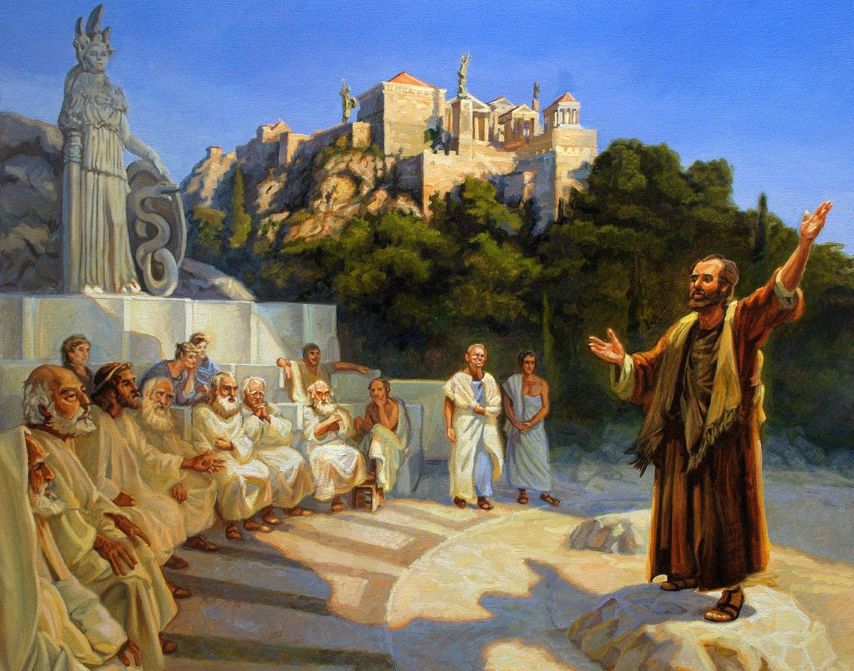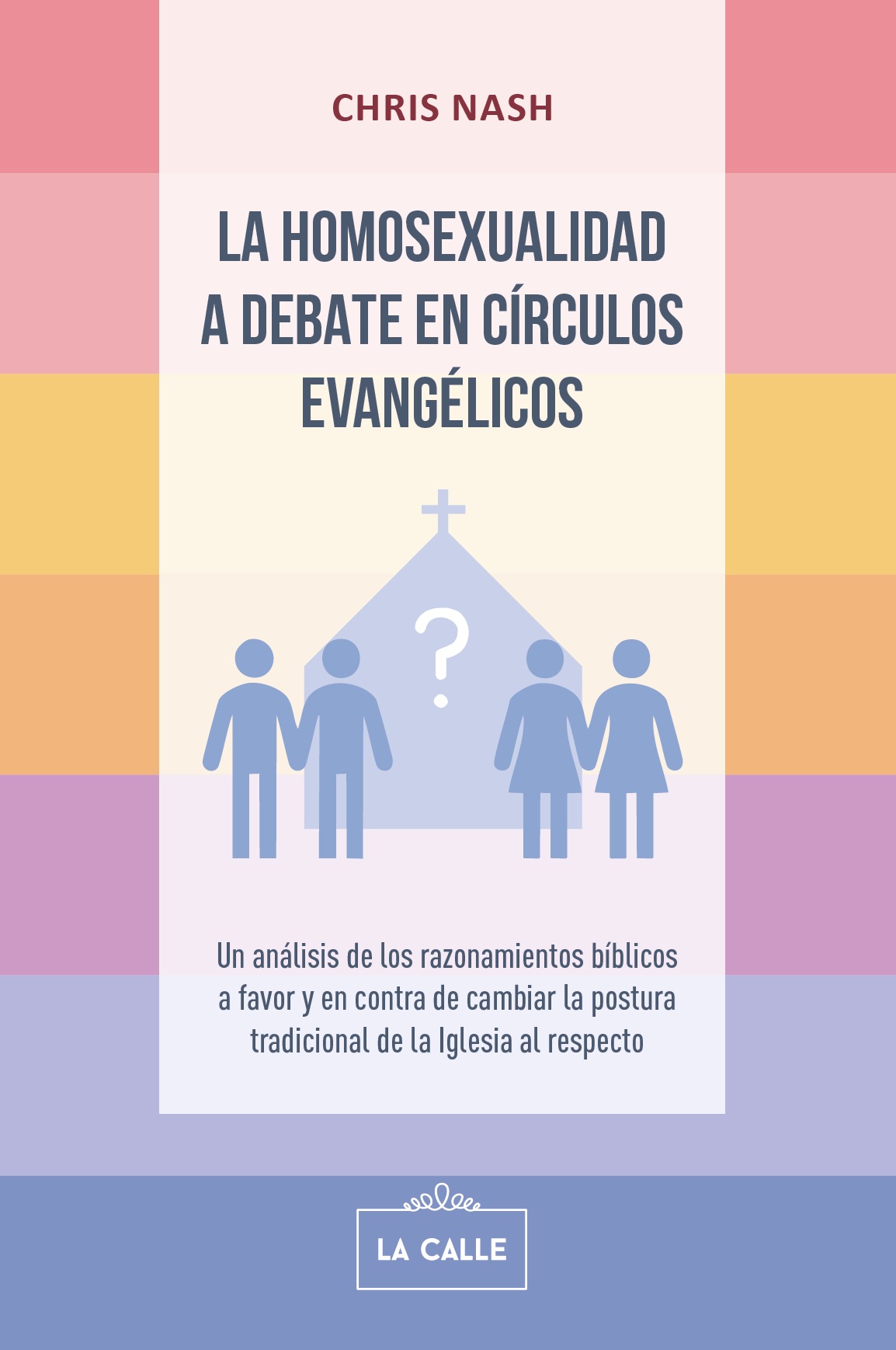The Bible has only a few references to homosexuality. I have already commented on one or two, from the New Testament, in other posts (see links below). Today I’m doing an overall summary of the clearest mentions in the entire Bible [1]. They are all negative and condemning. But their applicability to current expressions of homosexuality (such as gay couples or same-sex marriage) is doubtful, for reasons that I will also summarize.

Photo created with Grok.
To analyse the relevance or applicability to modern-day homosexuality of these Bible passages, I’ll use these three symbols:
| ❌ | Not applicable. |
| ❓ | Application is doubtful or questionable. |
| ✔️ | Clearly applicable. |
Homosexuality in the Old Testament

Image by Stockcake.
In the Old Testament we only find these clear references to homosexuality:
A Two accounts of gang rape (or attempted rape) in Genesis 19 and Judges 19 that evidently have no relevance whatsoever (❌) to consensual homosexual relations today.
B The prohibition and condemnation of male homosexual relations, expressed in Leviticus 18:22 and Leviticus 20:13. Are these verses valid grounds for condemning modern-day gay couples? Well:
- They say nothing (❌) about lesbian relationships.
- Their applicability to male homosexuality today has to be questioned (❓) for at least two reasons:
1) There are other prohibitions in these chapters that are not preached or enforced in our churches [2].
2) Jesus himself ignored Leviticus 18 and 20, when he refused to condemn the woman caught in adultery (see John 8).
Homosexuality in the New Testament

Image by Stockcake.
In the New Testament, the only clear references to homosexuality are to be found in letters by the apostle Paul:
A A couple of fleeting references in 1 Corinthians 6:9 and 1 Timothy 1:10, in lists of sinful people, using the Greek terms arsenokoites and malakos. These words have been translated in many ways: “sodomites”, “perverts”, “homosexuals”, “effeminate”,…, all generally wide of the mark, as I explain in a post.
As for their applicability to modern-day homosexuality:
- They can only refer to men. They therefore say nothing (❌) about lesbian relationships.
- The term malakos, used as an insult, could suggest many things. So its meaning in these verses is open to question (❓). It may very well not refer to gay men (❌) [3], but to men hooked on unbridled sexual relations (hetero- or homosexual), or simply to a lack of self-control in general.
- The literal meaning of the term arsenokoites is much clearer. But its applicability to modern-day gay couples in permanent covenantal relationships based on love and commitment (“gay marriages”) is dubious (❓). This is because probably all the references that Paul and his readers would have in mind would be men exploiting minors, prostitutes or slaves (from the human trafficking of that time).

Photo created by Grok.
B A mention in Romans 1:26-27, where homosexuality is explained as the result of idolatry and people turning their back on God. The passage is a “diatribe”, an exaggerated rhetorical device which Paul uses to establish (in Romans 2) that we’re not to judge others and that we’re all sinners and in need of God’s grace.
Regarding how it can be applied, as I explain in another post:
- There are serious doubts (❓) as to whether the commentary on women (v. 26) really refers to female homosexuality (lesbianism), or not.
- The passage does speak clearly (v. 27) of male same-sex encounters, but the description doesn’t fit (❌) with the reality of current-day stable gay couples, especially if they are Christians, for two reasons:
1) Their homosexuality doesn’t appear to come from idolatry and turning away from God.
2) In general, they are not aware of having “abandoned” heterosexuality, but of discovering their innate homosexuality (usually at puberty). - Once again, its relevance is dubious (❓), if the behaviours that Paul and his contemporaries would have had in mind were men taking advantage of minors, slaves or prostitutes.

Paul by Jan van ’t Hoff, Gospelimages.
To sum up
We’ve looked at all the clear references [4] to homosexuality in the Bible. You’ve probably noticed that I haven’t used the “Clearly applicable” symbol (✔️) at all. That’s because all of these verses come with doubts about their validity and applicability today.
I’m not alone in saying this. Scholarly Bible teachers who continue to defend the traditional stance of the Church against homosexual relations are also aware of it. To the extent that, these days, they don’t base their arguments that much on these passages.
Instead, their main arguments against homosexuality revolve around:
- their interpretation of Genesis and the biological implications of “male and female he created them”;
- what they understand as the essential elements of marriage, according to the teachings of Jesus and Paul.

Image by Stockcake.
If you want to know more
I have published two posts that analyse in more detail the references to homosexuality in the New Testament:
 | The issues with Romans 1 and its apparently clear condemnation of homosexuality |
 | Bibles with “homosexuals” (in 1 Cor. 6:9 and 1 Tim. 1:10) give us a bad translation of the Greek original |
I also have two more on how to assess and interpret what we read in the Bible:
 | We can’t take as absolutes what individual Bible verses say |
 | The sociocultural setting is key for making sense of references to homosexuality in the New Testament |
And if you’re a fluent Spanish speaker, or know someone who is, why not purchase my book to get a more wide-ranging and in-depth analysis? If not, for me the best all-round introduction to the subject in English is probably Scripture, Ethics, and the Possibility of Same-Sex Relationships, by Karen Keen.

📌 If you would like to comment on this post (in the language of your choice), you can do so at the end of the Spanish version, here.
Notes
[1] I will limit my comments to the Protestant Bible. Although, as far as I know, there is also no clear reference to homosexuality in the other books included by the Catholic Church as “deuterocanonical”, not even in the book of Wisdom (or Wisdom of Solomon), whose chapters 13 and 14 seem to have been in Paul’s mind when he alluded to homosexuality in Romans 1.
[2] Prohibitions such as not having sex with a woman during her period (Leviticus 18:19 and 20:18); not eating blood (Leviticus 19:26); or not getting tattooed (Leviticus 19:28).
[3] Specifically, men who play the “passive” role in male same-sex encounters. This interpretation of malakos is quite prevalent, particularly in English Bibles. They include it, in 1 Corinthians 6:9, either in a footnote (for example, in the ESV and the NIV) or in some cases directly in the biblical text (for example the NET). The wide range of behaviours associated with malakos (soft) and malakia (softness) in ancient Greek literature are described in detail in: Martin, Dale B., Sex and the Single Savior – Gender and Sexuality in Biblical Interpretation, Westminster John Knox Press, 2006, pages 43-47. They refer to the weaknesses typically associated with women in the (male-dominated) societies of that time.
[4] It is true that some commentators suggest other possible references to homosexuality, but they are speculative. The most commented on are: David and Jonathan (1 Samuel 18:1‑4 and 2 Samuel 1:26); Ruth and Naomi (the book of Ruth, especially Ruth 1:16‑17), and the centurion and his beloved servant (Matthew 8:5‑13 and, particularly, Luke 7:1‑10). If they were indeed homosexual relationships, these would be more positive mentions. But in general, homoerotic readings of these passages receive little support, especially in Protestant circles, as they lack a clear basis in the Bible text itself.


